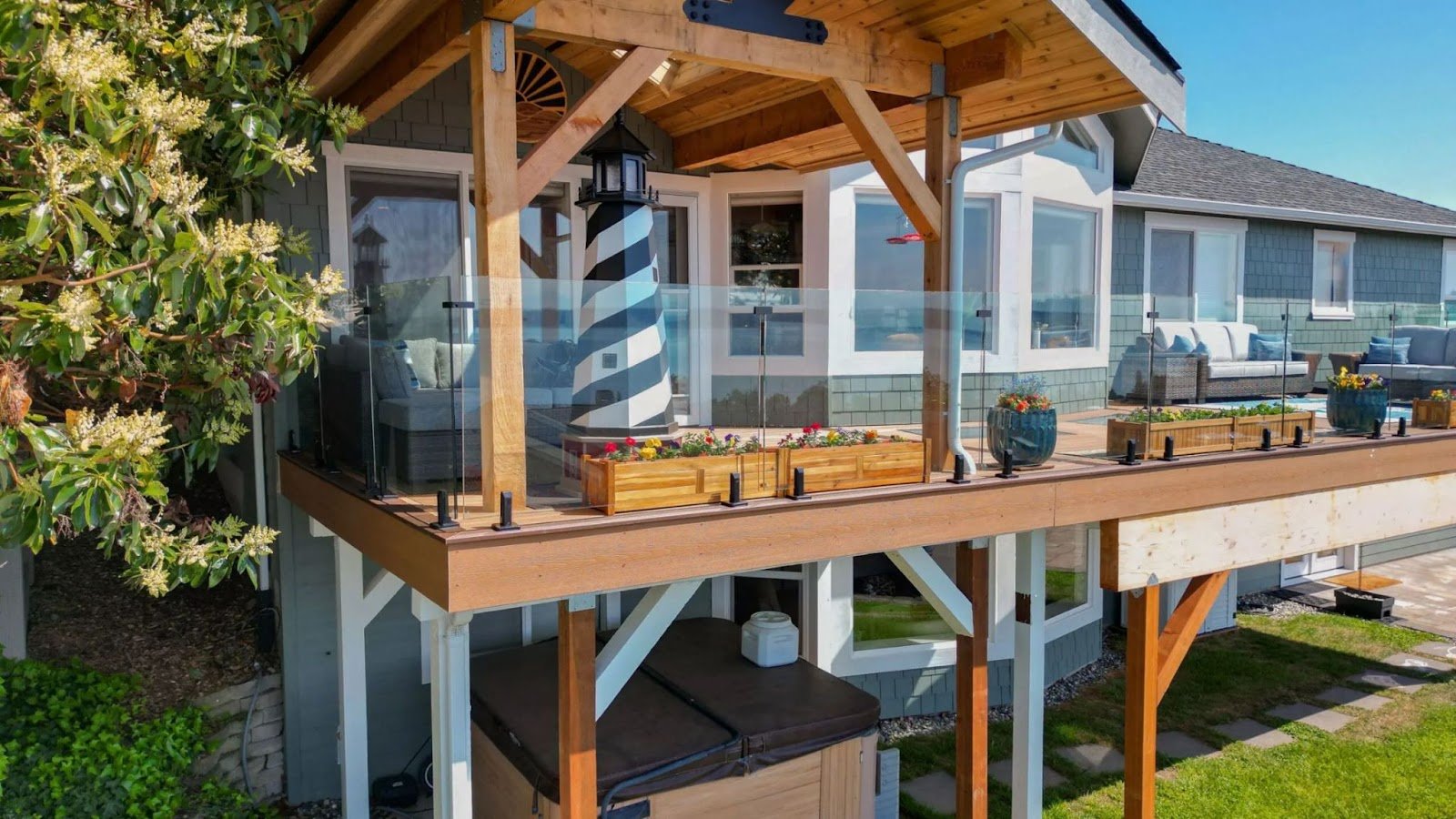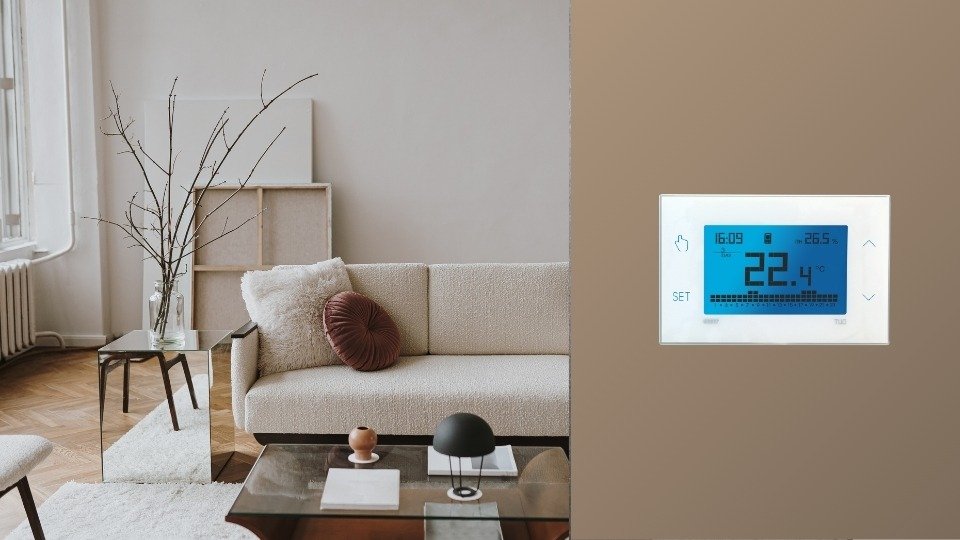Adding a deck to your home is a great way to enjoy the outdoors, but it’s not complete without a sturdy, safe railing. Deck railings do more than just look nice; they protect your family and guests from falls. That’s why it’s super important to make sure your railings meet safety codes.
In this guide, you’ll learn exactly how to install deck railings that meet all the right rules, step by step. Whether you’re building a new deck or upgrading an old one, we’ll help you do it right. No fancy tools, no confusing words; just a simple, clear way to get the job done safely.
Understanding Deck Railing Safety Codes
When it comes to building a deck, knowing how to install deck railings that meet safety codes is one of the most important steps. Safety codes exist to protect you and everyone who uses your deck by ensuring the railings are strong and secure enough to prevent falls. These rules aren’t just suggestions—they’re legal requirements you need to follow. If you’re searching for deck installation near me, make sure to choose professionals who understand and follow local safety regulations to build a deck that’s both beautiful and compliant.
What Are Deck Railing Safety Codes?
Deck railing safety codes are a set of rules created by local and national building authorities. They set standards for how tall your railings should be, how far apart the balusters (the vertical pieces) can be, and how sturdy the whole railing needs to be.
The goal is to keep people safe, especially kids and pets, by preventing falls or accidents. These codes vary a little depending on where you live, so checking with your local building department is always a good idea before you start.
Key Rules You Should Know
Most codes require deck railings to be at least 36 inches tall. This height helps stop someone from accidentally tipping over the edge. The balusters should be spaced closely enough—usually no more than four inches apart—to prevent small children from slipping through. The railing also needs to hold a certain amount of force, so it won’t wobble or break if someone leans on it.
Why Following Codes Matters
Building railings that meet safety codes not only keeps you and your family safe but also avoids fines or problems if you ever sell your house. Inspectors check these details closely, and it’s much easier to follow the rules from the start than fix things later. Plus, when your deck railing is strong and secure, you can relax and enjoy your outdoor space without worry.
Preparing Your Deck for Railing Installation
Before you start installing deck railings that meet safety codes, it’s important to get your deck ready. Proper preparation makes the installation smoother and ensures your railings will be safe and strong. Taking time to measure and plan now will save you headaches later.
Inspect Your Deck Surface and Edges
First, check your deck for any damage or weak spots where you want to put the railings. Look for loose boards, cracks, or rot that could affect how well the railing holds. If you find any problems, fix them before you begin. A solid deck surface is the best foundation for safe railings.
Measure Accurately for Post Placement
Next, use a tape measure to mark where the railing posts will go. Posts are the vertical supports that hold the railing up, so spacing them right is key. Most codes say posts should be placed about every six to eight feet apart, but check your local rules. Measure carefully to make sure everything lines up evenly—this helps your railing look neat and stay strong.
Mark and Prepare Your Tools and Materials
Once you know where the posts will be, mark those spots clearly with a pencil or chalk. Gather all the tools you’ll need, like a drill, screws, level, and saw. Having everything ready means you won’t waste time searching for tools during the project.
Plan for Safety and Code Compliance
Remember to keep the height and spacing requirements in mind as you prepare. Think about the type of railing you want—wood, metal, or composite—and make sure your deck can support it. If you’re unsure, don’t hesitate to ask your local building department for advice before starting.
Step-by-Step Guide to Installing Deck Railings
Installing deck railings that meet safety codes might seem tricky, but breaking it down step-by-step makes it easy to follow. With some patience and the right tools, you can build strong, safe railings that protect your deck and everyone who uses it.
Step 1: Install the Railing Posts Securely
Start by attaching the posts to your deck at the spots you marked earlier. These posts are the backbone of your railing, so they need to be firmly anchored. Use screws or bolts designed for outdoor use, and make sure each post is perfectly vertical by checking with a level.
Step 2: Attach the Top and Bottom Rails
Once the posts are secure, add the horizontal rails between them. The bottom rail usually sits a few inches above the deck surface, and the top rail will be the height required by your local safety codes—usually around 36 inches. Use sturdy materials and secure the rails tightly to the posts for maximum strength.
Step 3: Install the Balusters Evenly
Balusters are the vertical pieces that fill the space between the top and bottom rails. Install them so they are evenly spaced, making sure the gaps are no wider than allowed by safety codes (often no more than 4 inches). This spacing prevents kids or pets from slipping through. Use screws or nails to attach each baluster firmly.
Step 4: Secure the Handrail and Final Checks
If your railing design includes a separate handrail, install it now on top of the top rail or posts. Make sure it’s smooth and easy to grip. Finally, give your entire railing a good shake test to check stability. If anything feels loose, tighten it up before you finish.
Common Mistakes and Safety Tips
When installing deck railings that meet safety codes, avoiding common mistakes can save you from costly fixes and keep your deck safe. Let’s talk about some of the most frequent errors and how to prevent them so your railing stays strong and reliable.
Mistake 1: Skipping Accurate Measurements
One of the biggest mistakes is not measuring correctly. If the posts or balusters are spaced unevenly or too far apart, your railing won’t be safe. Always double-check your measurements before cutting or drilling. Using a tape measure and level ensures everything fits perfectly and follows safety rules.
Mistake 2: Using the Wrong Materials or Fasteners
Not all wood or hardware works well for outdoor railings. Using untreated wood or weak screws can cause your railing to weaken quickly due to weather damage. Always choose weather-resistant materials like treated wood, metal, or composite, and use corrosion-resistant screws or bolts designed for outdoor use.
Mistake 3: Ignoring Local Safety Codes
Every area has its own safety codes. Ignoring them can lead to unsafe railings and even fines. Always check your local building regulations before you start, and make sure your railing height, spacing, and strength meet those rules.
Safety Tip: Regular Maintenance Is Key
Once your railing is installed, keep it safe by inspecting it regularly. Look for loose screws, cracks, or signs of rot and fix them right away. Regular cleaning and sealing wood railings also help them last longer and stay strong.
When to Call a Professional
If you’re unsure about any part of the installation or local codes, it’s a good idea to ask a professional. A contractor or building inspector can help ensure your deck railing is safe and up to code, giving you peace of mind.
Conclusion
Installing deck railings that meet safety codes isn’t hard; you just need the right steps. With proper planning, the right tools, and attention to detail, your deck can be safe and stylish. Don’t skip the safety checks, and remember: sturdy railings mean peace of mind for everyone who enjoys your space.
YOU MAY ALSO LIKE: How to Construct a Garden Pond: A Comprehensive Guide











